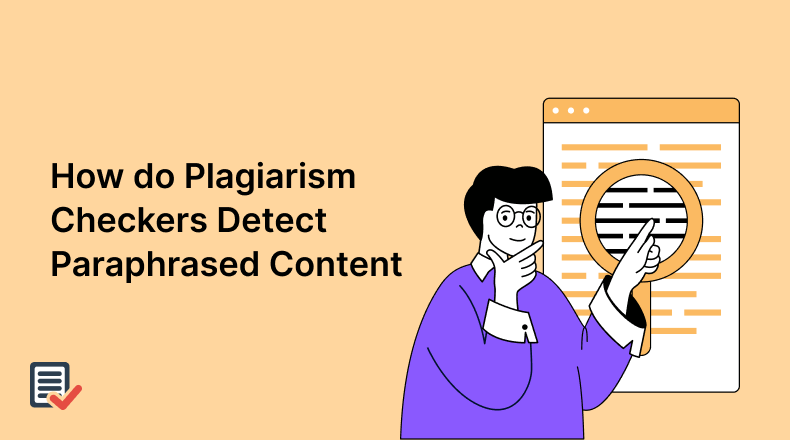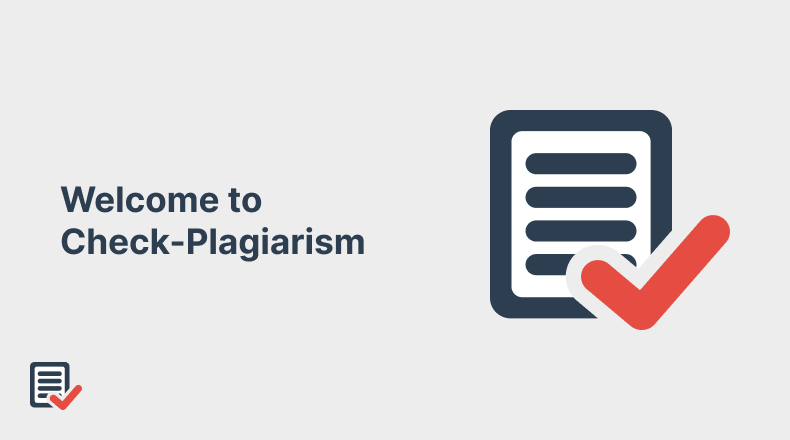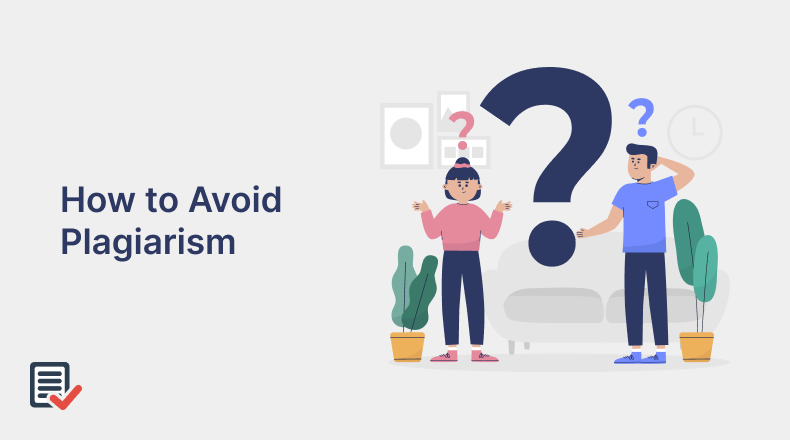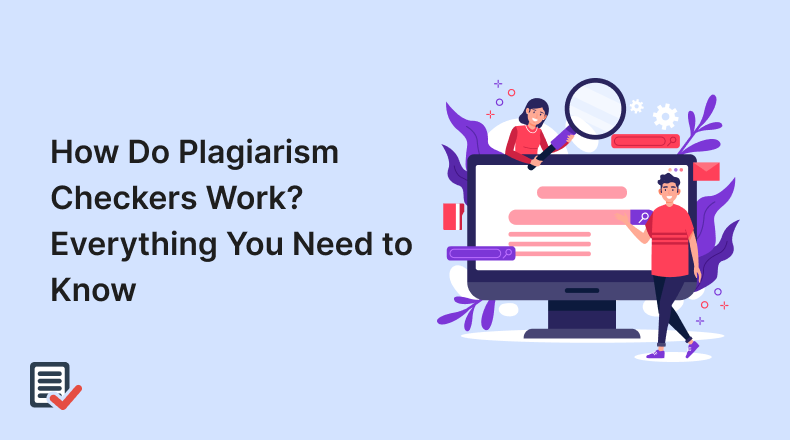
You’ve just spent a long time rewriting a paragraph, swapping synonyms, flipping sentences, and maybe even throwing in a thesaurus word or two. You hit “check,” confident you’ve cracked the code… and the content is detected as flagged? Sounds familiar?
Wait, but how is this possible? You didn’t copy-paste a thing from other sources!
Well! The truth is, today’s plagiarism checkers aren’t just playing spot-the-duplicate. They’re powered by advanced AI algorithms, deep linguistic analysis, and fascinating pattern recognition, trained to identify paraphrased content like an X-Ray machine. They efficiently analyze writing patterns, sentence structures, and even the rhythm and context of your ideas.
So, how do they do it? And more importantly, can you even cheat them? Let’s get understood.
How do Plagiarism Checkers Identify Paraphrased Content?
Here is an overview of how plagiarism detection tools identify and detect paraphrased content.
1. Database Size Matters
Do you know that every time you tweak a sentence or swap a few words, you’re playing hide-and-seek with technology that’s been trained on millions of documents just like yours?
It’s time to realize that today’s plagiarism detectors don’t just skim the surface. They dig deep into a massive, ever-growing ocean of published work, cross-referencing your writing against everything that came before it.
Did you see that clever rewrite of a Wikipedia paragraph? A brilliant idea you “reworded” from a research paper? Well, a plagiarism checker remembers the original. It’s still stored in the system. The bigger and smarter these databases get, the harder it becomes to slip anything past them.
2. Text Fingerprinting and Algorithmic Detection
You might be amazed that Modern plagiarism checkers use document fingerprinting techniques that break text into smaller chunks or “fingerprints.” These fingerprints capture the essence of the content beyond just the exact wording.
When you submit a document for review, the system generates these fingerprints and compares them against billions of web pages, academic papers, books, and previously submitted works.
3. The Semantic Revolution
It’s not wrong to say that traditional plagiarism checkers were easily tricked by simple synonym substitution or sentence restructuring. If you replaced “significant impact” with “substantial effect,” the basic algorithms would miss the similarity… But those days are now gone.
Today’s plagiarism detection tools employ natural language processing (NLP) to understand meaning rather than just matching text. This advanced technology is smart enough to recognize when two passages convey identical concepts, even when they share almost no words in common.
Look at these sentences:
Original: “The economic recession severely damaged small retail businesses nationwide.”
Paraphrased: “Mom-and-pop shops across the country suffered devastating consequences from the financial downturn.”
While sharing no significant terms, modern plagiarism checkers recognize that these express the same fundamental idea. The software traces conceptual relationships between words, creating semantic fingerprints that remain consistent even when the wording is changed.
4. Syntactic Structure Comparison
Beyond individual words, the modern-day plagiarism tools use advanced algorithms to analyze sentence structure and composition. They can identify when the framework of ideas mirrors an original source, even if the specific terms have changed. This syntactic analysis examines language patterns that often stay the same, even when writers try to hide copied content.
5. The Contextual Analysis
Context is the prime foundation that provides powerful clues about originality. While plagiarism checkers are now efficiently designed to examine how ideas connect and flow. When the structure of an argument, its progression from point A to B to C, closely matches another source, it triggers recognition patterns.
This contextual analysis explains why even heavily paraphrased content often gets flagged. The underlying reasoning structure remains detectable, like a building with a new exterior but the same blueprint.
6. Machine Learning and AI Enhancement
The most powerful aspect of modern plagiarism checkers isn’t just their complexity, but rather their ability to learn. Here’s a more readable version of your sentence:
These systems analyze millions of examples of both original and plagiarized content, constantly improving their ability to recognize how people try to hide copied material.
These smart systems can now identify:
- Content translated from foreign languages and presented as original
- Ideas taken from multiple sources and stitched together
- Text that’s been run through multiple paraphrasing tools
- Content where every third sentence has been modified
Why Originality Still Matters?
In the age of infinite information and powerful language models, the value of genuine creative thought has only increased. The ease of access to information makes original synthesis, critical thinking, and a unique perspective more valuable than ever.
Now, the sophisticated plagiarism checkers serve as a powerful reminder. In a world where copying is easy but increasingly detectable, the most dependable approach is to develop real understanding and share original insights.
Final Thoughts:
As plagiarism detection becomes more advanced, it highlights a powerful truth: our original ideas are truly irreplaceable. When we move beyond the fear of being caught and embrace genuine understanding, we recognize these technologies as allies guiding us toward meaningful creation.
Nowadays, though information is abundant, wisdom is rare. So, one should understand that the most compelling writing never comes from creative paraphrasing but from when one’s authentic voice emerges.
Take Notes: “When you develop your own thoughts, the world hears something it’s never heard before.”







